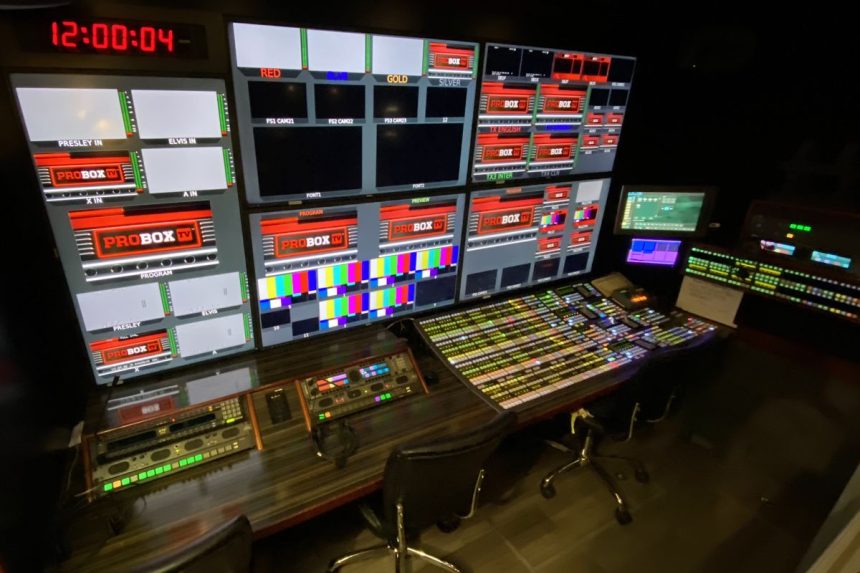The National Hockey League (NHL), with its intense competition and fast-paced action on ice, captivates millions around the world. The NHL broadcast teams are crucial in bringing excitement to the fans’ homes, sports bars, and mobile devices. This article will take a closer view of the complex world of NHL broadcasts. We’ll explore the talent, technology, and teamwork that make the viewing experience memorable.
The Evolution of NHL Broadcasting:
NHL broadcasts have changed dramatically over the years. They now use cutting-edge technologies to improve the viewing experience. The days of limited graphics and basic camera angles are over. Fans are now treated to high-definition shows that capture every nuance of a game. The action is brought to life by multiple camera angles, advanced graphics, and slow-motion replays NHL중계
.
TV Networks and Streaming Services:
NHL broadcasts can only be made possible by partnering with major TV networks and streaming platforms. NHL games are traditionally broadcast on networks like NBC and ESPN as well as regional sports channels. In recent years the NHL has expanded its reach by offering streaming services such as NHL.tv. This allows fans to view games on a variety of devices from smartphones to smart TVs. This increased accessibility has helped the NHL reach a global audience by connecting fans around the globe.
The Broadcasting Team:
Behind the scenes, a talented team of professionals is responsible for every NHL broadcast. The team of play-by-play commentators, color analysts, and ice-level reporters work together to create a compelling narrative. The color commentator provides analysis, insight, and anecdotes, while the play-by-play broadcaster gives a lively description of the game. Reporters on the ice provide live updates, interviews, and behind-the-scenes information to create a well-rounded program.
Engaging Fans:
NHL broadcasts are no longer just passive viewing. They now emphasize interactive fan engagement. The integration of social media, live polls, and interactive graphics improves the viewing experience for fans, making them feel more connected to the game. The hashtags and social media handles that are displayed on the screen encourage viewers to participate in the conversation and express their opinions, creating a community.
Innovation in Broadcast Technology
The advancements in broadcasting technology have changed the way NHL fans watch games. High-speed cameras record split-second play, resulting in jaw-dropping slow-motion replays. Virtual and augmented realities offer immersive experiences that allow fans to feel as if they are in the arena. Innovative technologies such as “Glow Pucks” and player-tracking systems add layers of entertainment and analysis.
Challenges and Adaptations
The technological advances that have improved NHL broadcasts also bring with them challenges. Technical glitches and split-second decisions are required for live broadcasts. The schedule can be affected by weather conditions, travel disruptions, and unexpected events. To navigate these challenges, broadcast teams need to be flexible and quick.
Conclusion:
NHL broadcasts combine technology, talent, and teamwork to bring the excitement of professional ice hockey to fans all over the world. NHL games are now more accessible than ever, thanks to the use of cutting-edge streaming services and traditional television networks. With its many roles and responsibilities, the broadcast team plays a vital role in creating an engaging viewing experience. The NHL broadcasts will continue to change as technology advances.









